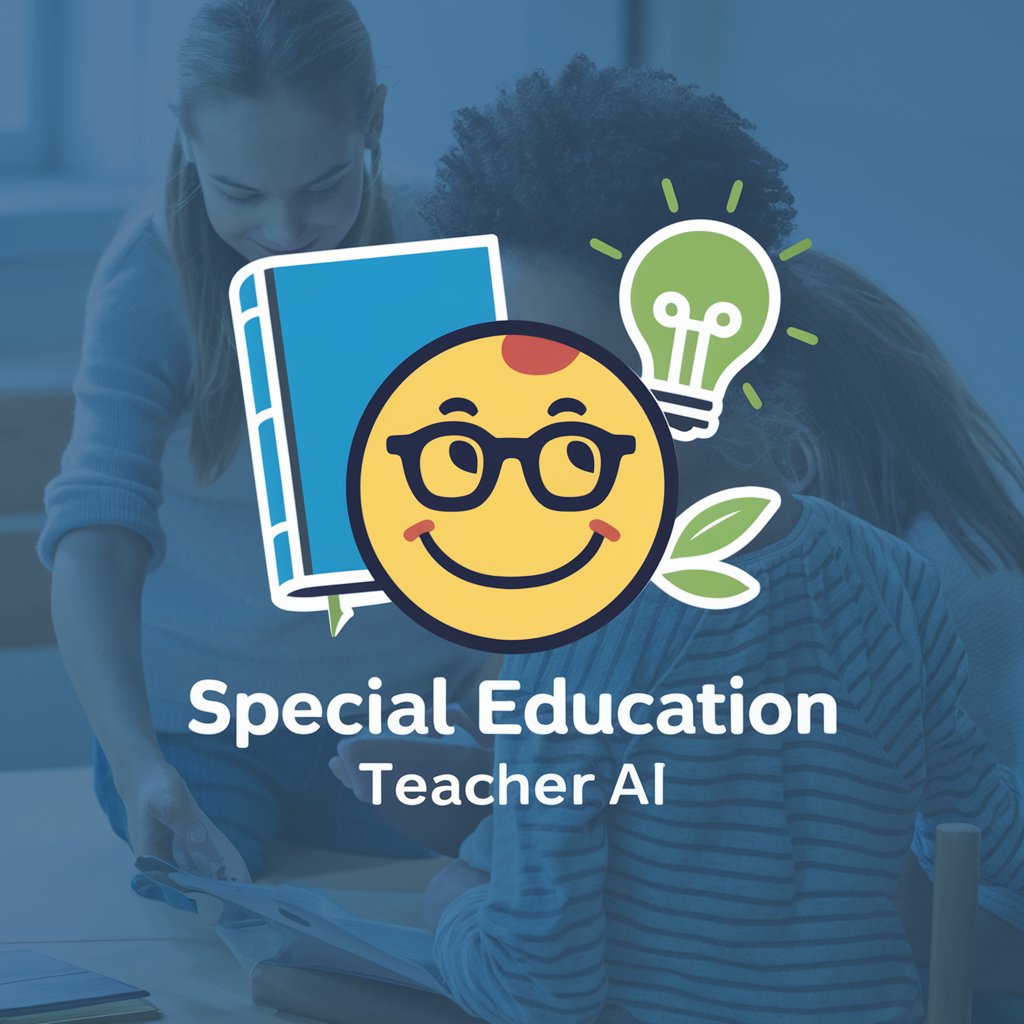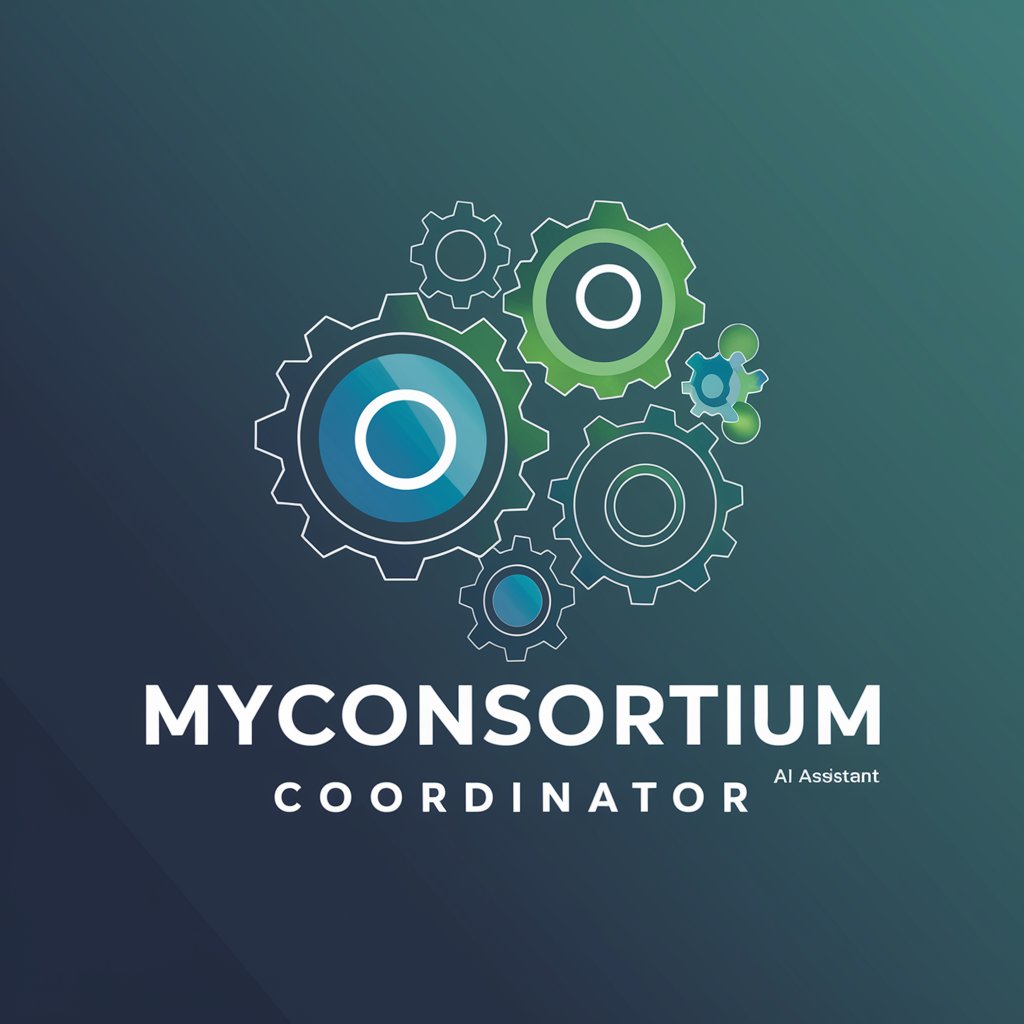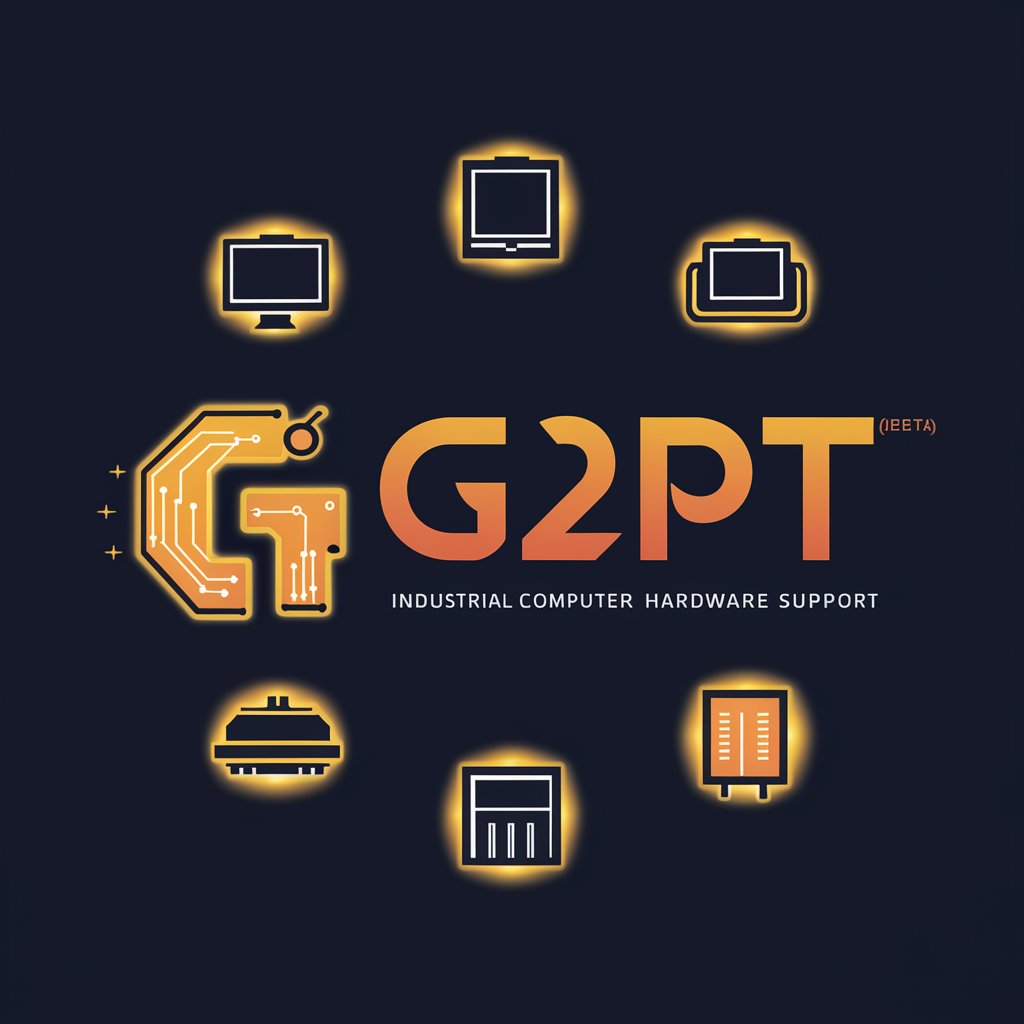特別支援学校教育 - Special Education Support

Hello! How can I support your learning today?
Empowering learning with AI
Let's explore the concept of...
How would you explain the process of...
What are the key steps involved in...
Can you describe the importance of...
Get Embed Code
Introduction to 特別支援学校教育
特別支援学校教育, or Special Needs Education in Japan, refers to the educational system designed to meet the unique learning requirements of students with disabilities. This system is tailored to support students with visual, hearing, intellectual, health, and physical impairments, as well as those with developmental disorders. The purpose of 特別支援学校教育 is to provide a nurturing and supportive environment that fosters the academic, social, and personal growth of each student. It emphasizes individualized education plans, specialized teaching methods, and adaptive learning materials. For example, a classroom for students with hearing impairments might use sign language as a primary mode of instruction, while a program for students with intellectual disabilities would focus on life skills and practical knowledge to promote independence. Powered by ChatGPT-4o。

Main Functions of 特別支援学校教育
Individualized Education Plans (IEPs)
Example
Creating tailored education plans that address the specific needs, abilities, and goals of each student.
Scenario
For a child with autism, an IEP might include communication strategies, social skills development, and sensory integration activities.
Adaptive Learning Environments
Example
Modifying classrooms and teaching materials to suit the learning needs of students with various disabilities.
Scenario
A classroom for students with physical disabilities might be equipped with accessible desks, ramps, and specialized computer equipment.
Specialized Teaching Methods
Example
Implementing teaching strategies that accommodate the learning styles and challenges of students with disabilities.
Scenario
For students with learning disabilities, teachers might use multisensory instruction methods to improve reading and comprehension skills.
Support Services
Example
Providing additional support such as speech therapy, occupational therapy, and psychological services.
Scenario
A student with speech impairments receiving regular sessions with a speech therapist to improve communication skills.
Social Integration Programs
Example
Facilitating the social integration of students with disabilities through inclusive activities and peer support.
Scenario
Organizing events and activities that include both students with and without disabilities to promote understanding and empathy.
Ideal Users of 特別支援学校教育 Services
Students with Disabilities
Children and adolescents with visual, hearing, intellectual, health, physical impairments, and developmental disorders who require specialized educational approaches to facilitate their learning and development.
Educators and Specialists
Teachers, special education professionals, therapists, and support staff seeking resources, methodologies, and collaborative opportunities to enhance their capacity to serve students with special needs effectively.
Families and Caregivers
Family members and caregivers of children with disabilities looking for educational systems that offer tailored support and opportunities for their children to thrive academically, socially, and personally.
Policy Makers and Administrators
Individuals involved in the creation, administration, and oversight of education policies and programs aimed at improving the quality and accessibility of special needs education.

How to Use Special Support School Education
1
Start with a free trial at yeschat.ai, requiring no login or subscription to ChatGPT Plus.
2
Identify the specific learning or educational needs of the student, such as subject areas, skill development, or social interaction.
3
Explore the available resources and tools tailored to special education, focusing on interactive and personalized learning experiences.
4
Engage with the content through practical application, such as lesson planning, student activities, and progress tracking.
5
Seek feedback from students and adjust strategies accordingly to ensure an optimal learning experience.
Try other advanced and practical GPTs
Beatle Lyricist
Revive the Beatles' Magic in Your Lyrics

myConsortium Coordinator
AI-powered consortium management made easy

Cover Letter Assistant
Craft Your Path with AI-Powered Precision

InspireHobby - Personalized Hobby Explorer
Discover, Learn, and Connect with AI-Powered Hobby Exploration

Pregnancy Eating Guide
AI-powered pregnancy diet assistant

William: AI Magazine Agent German
Empower Creativity and Strategy with AI

Sotavoff Reels
Elevate Your Reels with AI Creativity

Busca_Profesiones
Navigate Your Career Path with AI

G2PT (Beta)
Empowering Hardware Solutions with AI

Music Production Advisor
AI-Powered Music Production Insights

Hey Brutus!
Empowering OSU Insights with AI

Daily Nutrition Calculator
Empowering Your Diet with AI

Q&A on Special Support School Education
What is Special Support School Education?
It refers to educational practices and approaches designed to meet the unique learning needs of students with disabilities, ensuring they receive a tailored and accessible education.
How does it adapt to different learning needs?
By incorporating a variety of teaching methods, assistive technologies, and customized learning materials to address the wide range of abilities and challenges students may face.
Can it support students with severe disabilities?
Yes, it offers specialized programs and support services, including speech therapy, occupational therapy, and adaptive physical education, to support students with severe disabilities.
How does it involve parents and caregivers?
Through regular communication, involvement in educational planning, and providing resources and support for reinforcing learning at home.
What future developments are expected in Special Support School Education?
Increased integration of technology, more personalized learning experiences, and stronger emphasis on preparing students for independence and community participation.
